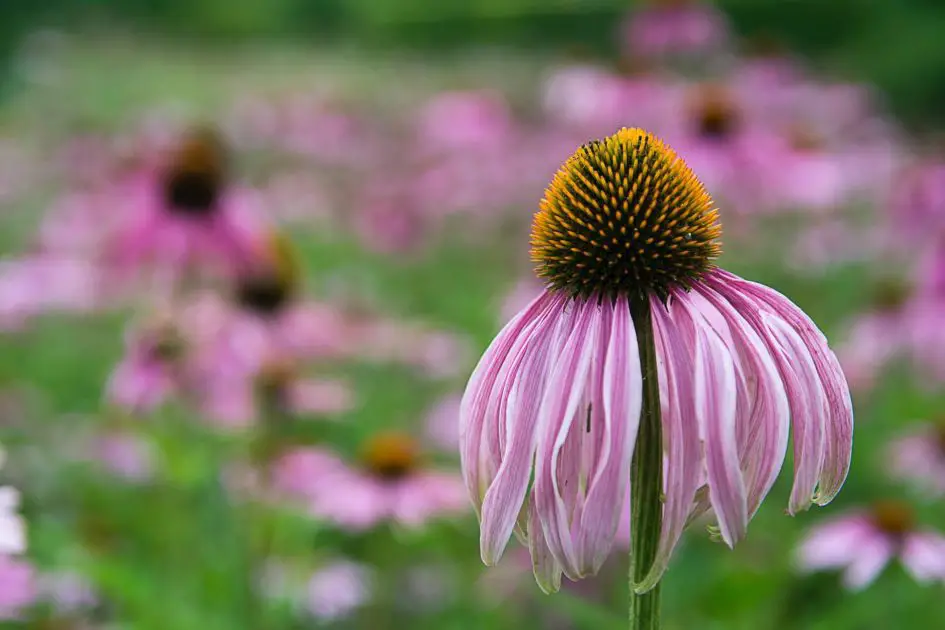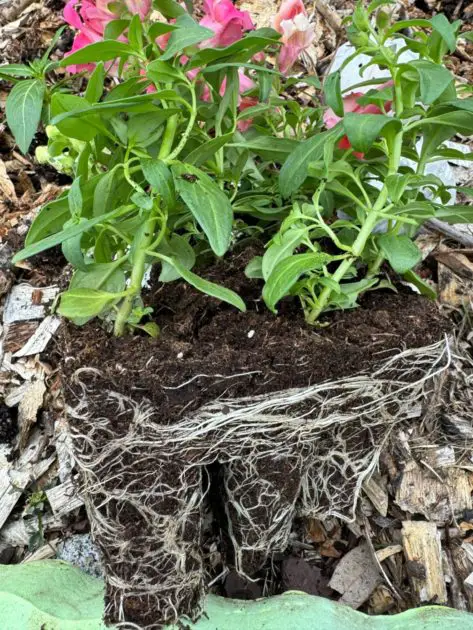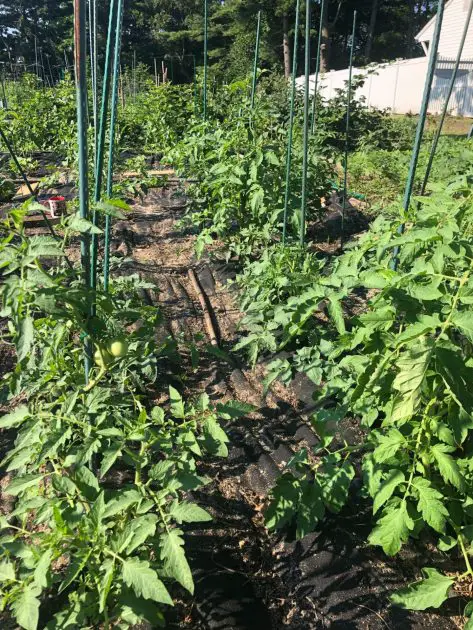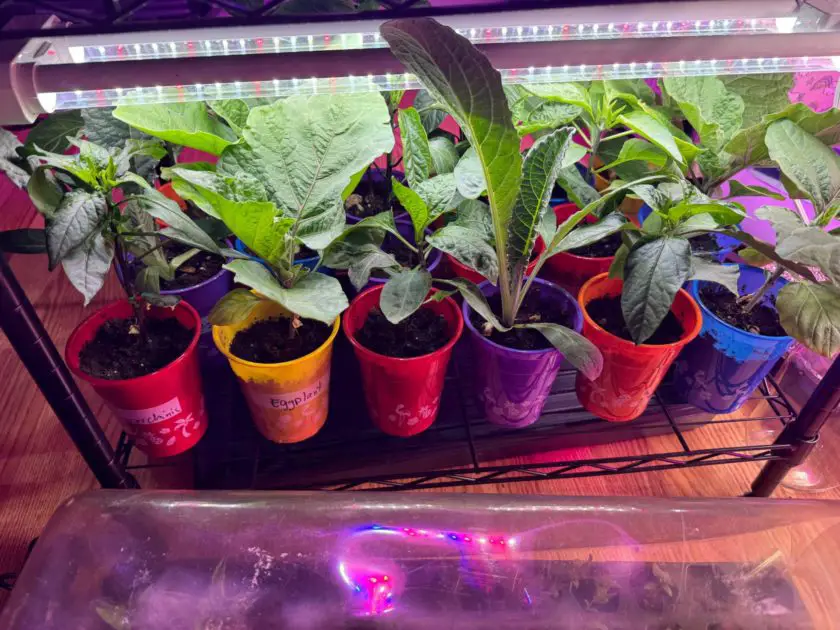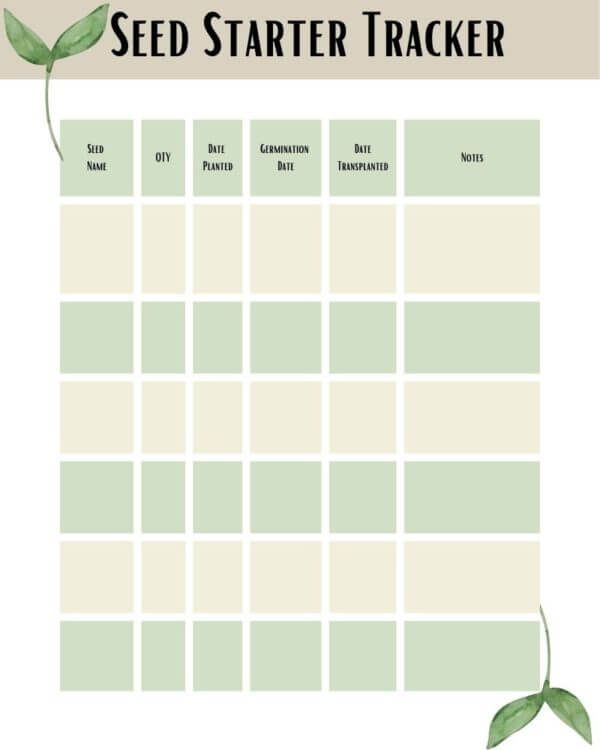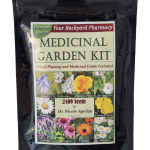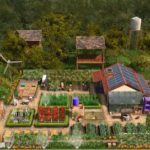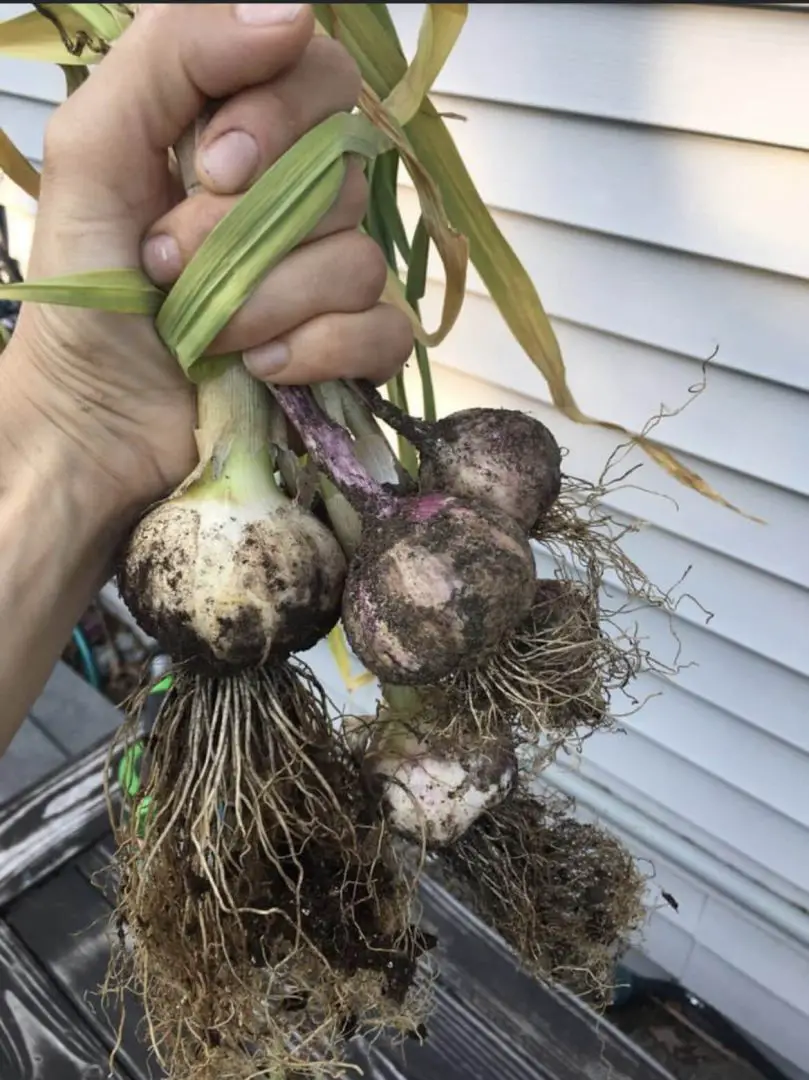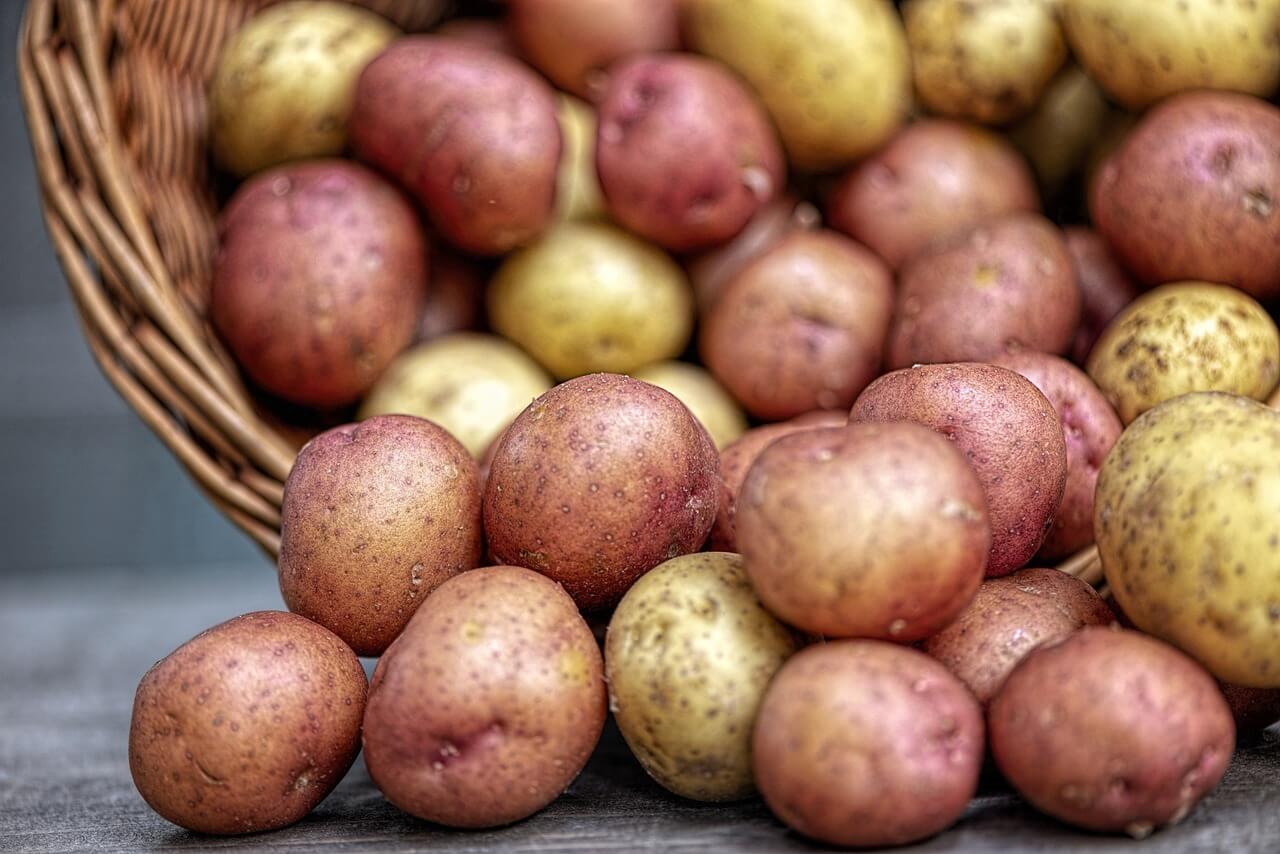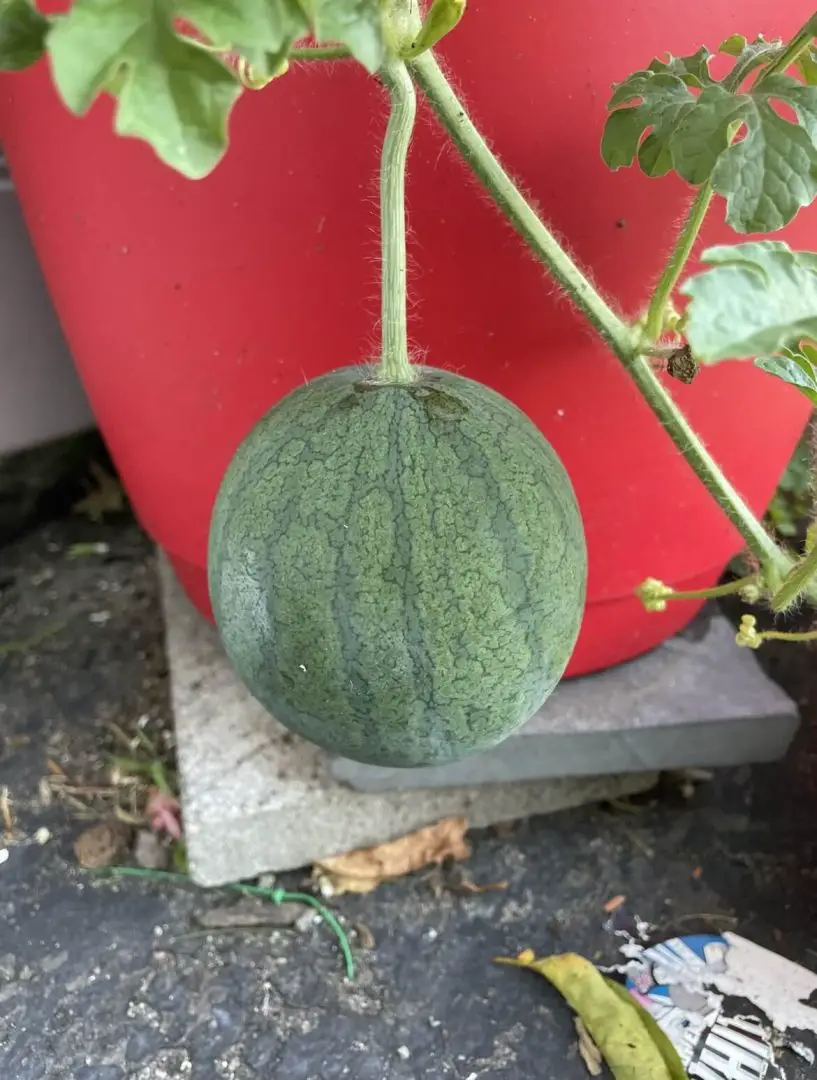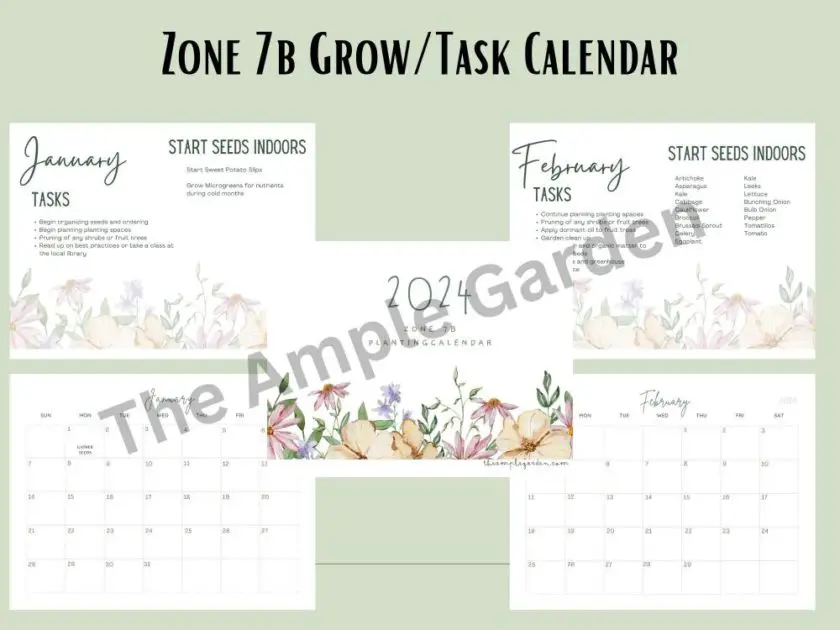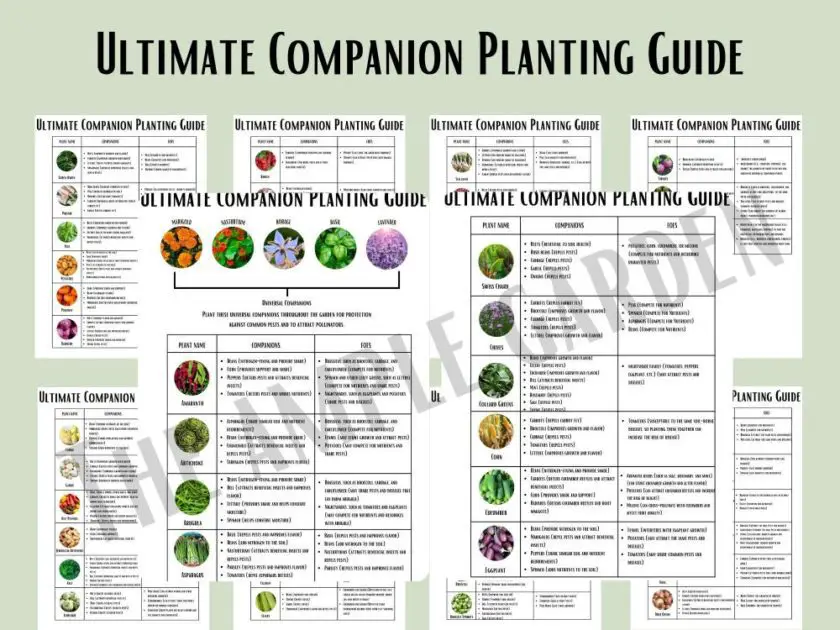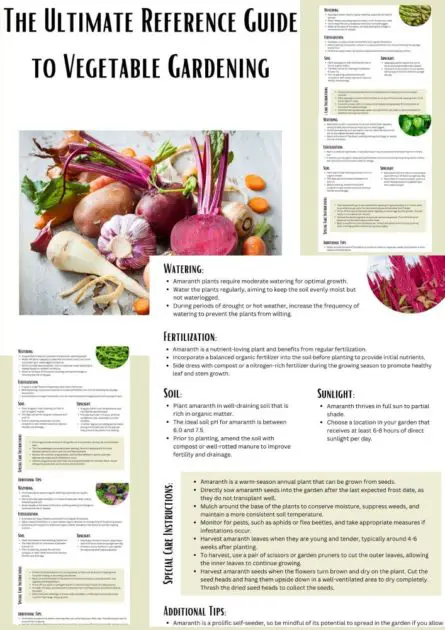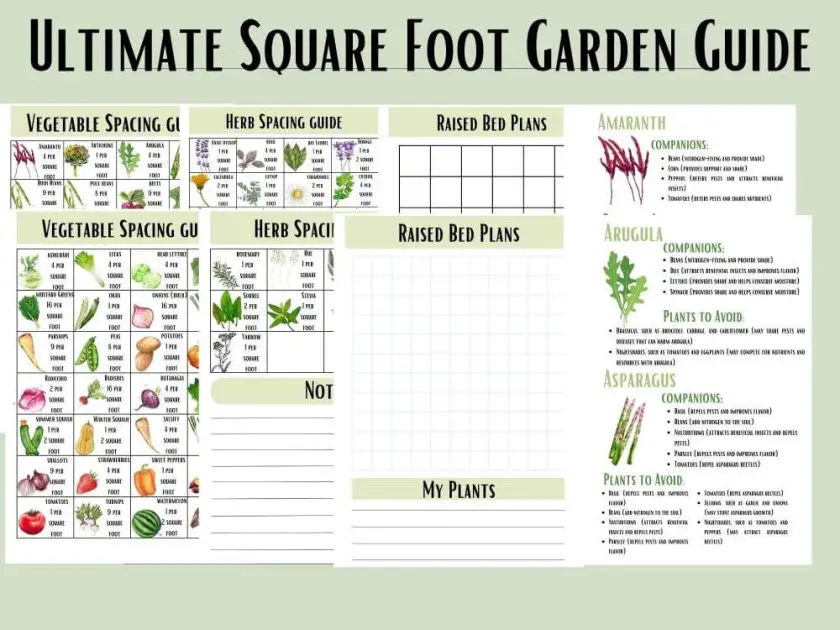What is winter sowing? Well, what if I told you that you could start your summer garden during the heart of winter? Not only can you do this, but you will also have one of the healthiest gardens this season. Winter sowing is easy, ensuring a hardier crop than seeds started indoors. Why is that? Keep reading to learn the hows and whys of winter sowing.
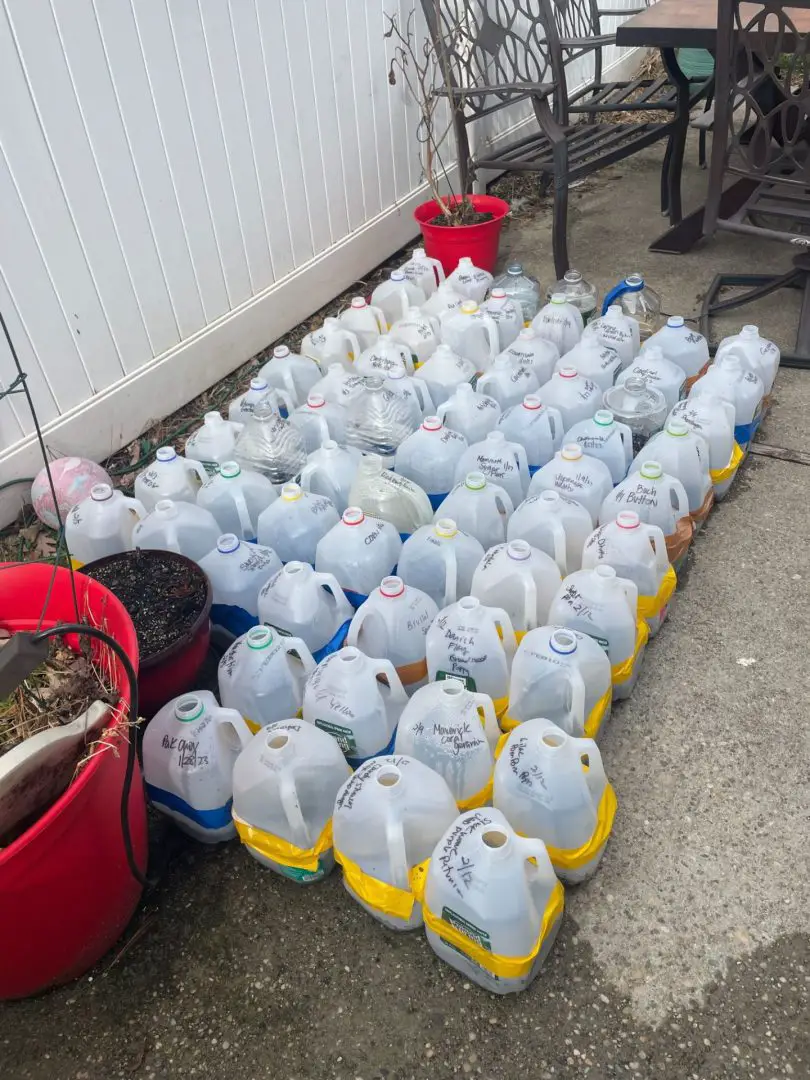 Pin
Pin What is Winter Sowing?
Winter sowing is a technique invented by Trudi Davidoff.
Like most obsessed gardeners, she had more seeds than space, and her tiny New York home could not accommodate all she wanted to grow. She decided to sow her seeds outdoors in plastic milk jugs.
Her theory was that these milk jugs would act as mini greenhouses and help germinate the tiny seeds while letting the seeds experience that natural freezing and thawing of their environment.
It turns out her theory was correct, and winter sowing was born.
When to Winter Sow?
Depending on where you live, your winter sowing window will vary. We have included a link to growing zones in the United States.
Also, with the wacky temperatures worldwide, there are no hard fast rules. In general, you want to winter sow when it’s cold out. Really cold. The colder the better.
In some areas, your winter sowing adventures will begin in December. For others January, February, or March. In fact, you can winter sow seeds up to your first frost date if you wish.
The best part of winter sowing is the ability to experiment.
You may start some jugs in December and others in February to see what works best in your area.
Why Winter Sowing Works
Winter sowing mimics a seed’s natural ability to overwinter itself.
Instead of leaving them outside on the ground, we place them outdoors in a controlled environment, the milk jug.
These jugs act as mini-greenhouses allowing our seeds to experience the cold of winter but also allowing them to thaw out before freezing again.
This stratification is a natural process and will allow for a higher germination rate when the weather finally does warm up.
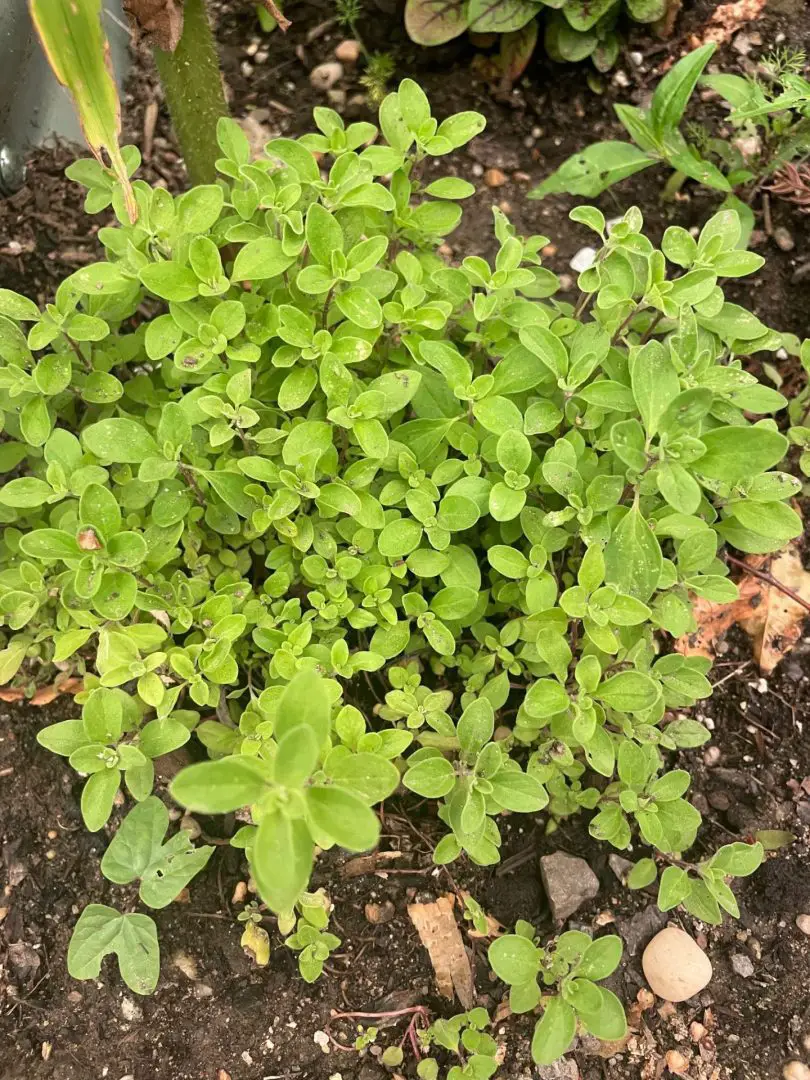 Pin
Pin 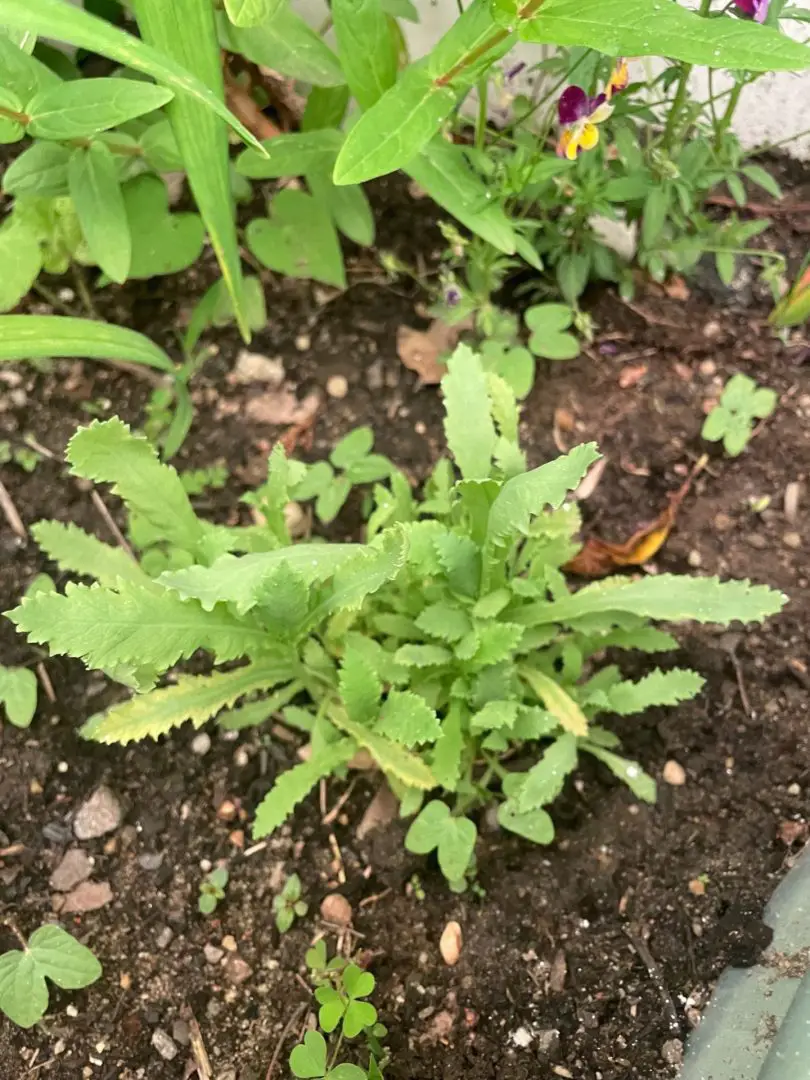 Pin
Pin 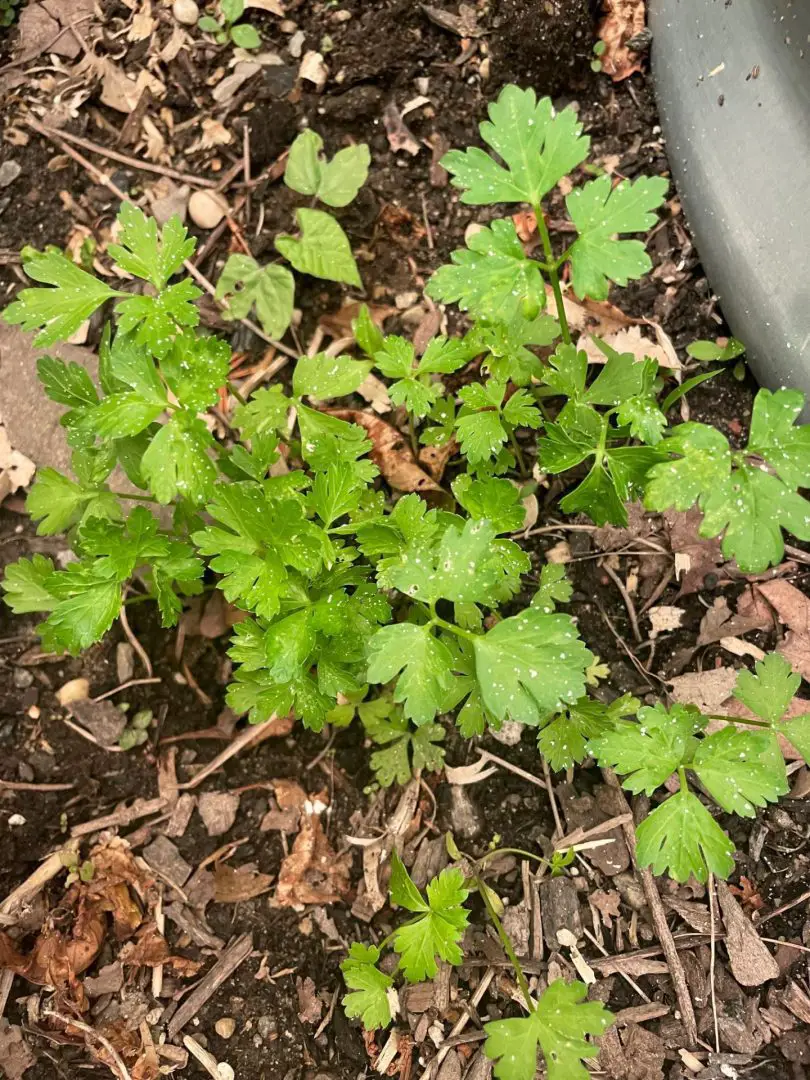 Pin
Pin Sweet marjoram, poppy, and parsley were all winter sown and planted outdoors.
Advantages of Winter Sowing Seeds vs Traditional Methods
Cost-effective: Winter planting requires little financial outlay for supplies, and many things like pots and soil are frequently free. Also, since the sun’s natural light and the weather are being used, no expensive heating or grow light systems are required.
Easy to Set Up: With winter sowing, you can set up your containers and seeds and let nature take its course. There is no need to sweat about the temperature and lighting inside or to stress over hardening seedlings before transplanting.
Healthier Seedlings: Compared to seedlings started indoors, winter-sown seedlings are typically stronger and more durable. They grow strong roots and acclimate to the local climate, which improves their resistance to transplanting and other pressures.
Minimal Maintenance: Winter sowing takes very little care and does not require frequent fertilization or irrigation. Plus, the use of natural sunlight means no need for daily adjustments of grow lights.
What Plants Can You Winter Sow?
Friends and family often ask us, what plants can I winter sow? The answer is…anything!
If you’re just starting out, we recommend starting with perennials. Lupine, Foxglove, Yarrow, Hollyhock, and Coneflowers are favorites.
There are many individuals who recommend only winter sowing cold hardy plants but I have had luck with tomatoes and peppers as well.
You will want to experiment as you become more comfortable with the method. We still start seeds such as tomatoes, peppers, and eggplants indoors, but for the most part, everything else we winter sow.
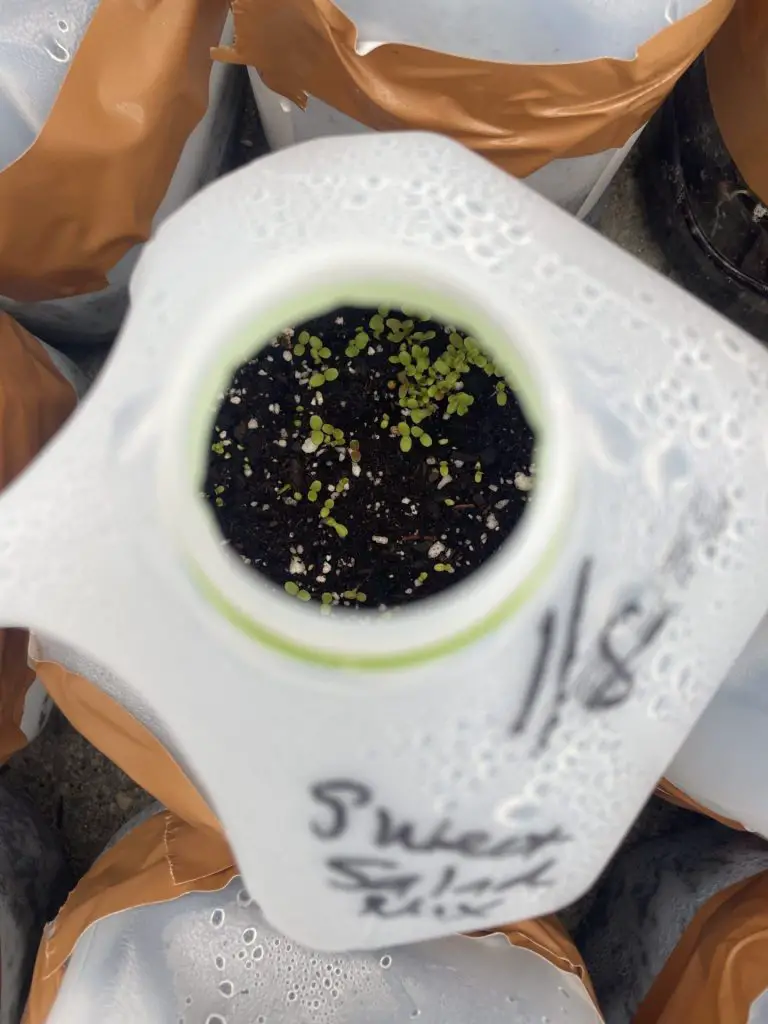 Pin
Pin 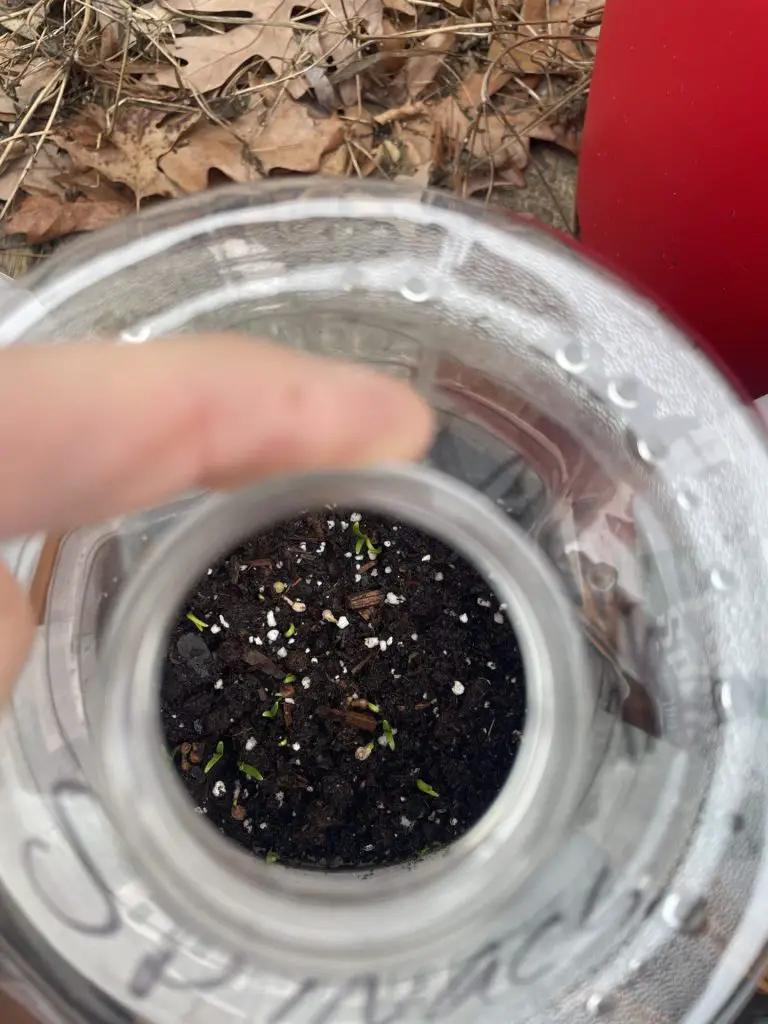 Pin
Pin 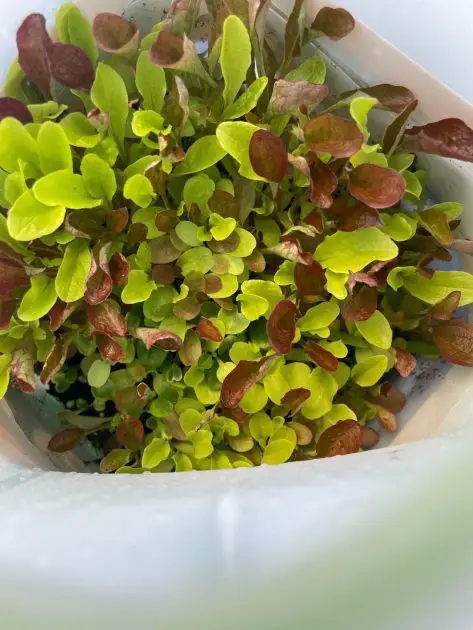 Pin
Pin 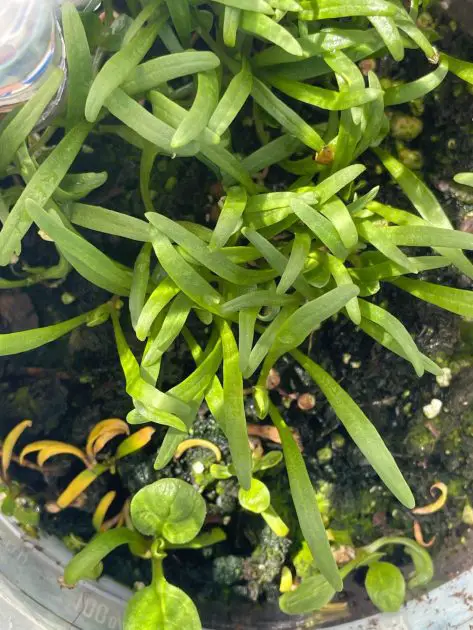 Pin
Pin Where to Get Jugs
I was in luck at work! I’m a middle school English teacher and so I asked my students to bring them in for me, and they obliged.
I sent out a note in my local community page on social media and people were happy to oblige.
I also went out with a friend of mine on recycling night. We warmed up with hot coffee and made a fun evening of it driving around town collecting jugs.
All these methods were able to stock me up with over 100 jugs for this past growing season. I even had some leftover to share with my mom and some friends.
Materials Needed:
1. Containers: Winter sowing is often done in clear plastic food containers, soda bottles, or milk jugs made of plastic.
These recyclable containers are a simple and efficient solution to shield your seedlings from the outdoors. They may be made from household rubbish.
2. Potting soil: To provide your seedlings the nutrients and support they need to flourish, high-quality potting soil is necessary.
Choose a potting mix that drains properly and is appropriate for the kinds of seeds you are planting. Make sure your soil is organic if you wish to grow things.
3. Seeds: You will need seeds to begin your winter sowing, of course! Choose seeds, such as hardy vegetables or perennials, that are appropriate for the winter sowing approach. You have the option of buying seeds or saving them from your garden.
4. Labels: It’s crucial to keep track of what and when you’ve sown. Popsicle sticks, plastic tags, or even masking tape can be used to create labels. Be sure to clearly identify your containers with the type of seed inside and the date it was seeded.
5. Transparent plastic bags: This is an optional step for those of us wishing to use seed trays to germinate seeds. I have used clear painters drop clothes to drape over my seed trays when starting vegetables such as peas, kohlrabi, radish, and beets. This is not a necessary step as the jugs do the job just fine but I often find myself wanting to plant “just a few” more seeds and will use these in a pinch. These are not recommended for the long term winter-sowing method. You will want to use containers such as milk jugs, water jugs, or rotisserie chicken containers for that.
6. Optional: Moisture Meter: Although not necessary, a moisture meter might be useful for determining the proper moisture content of your soil. To discover whether your seeds need watering, simply bury the meter in the soil and read the data.
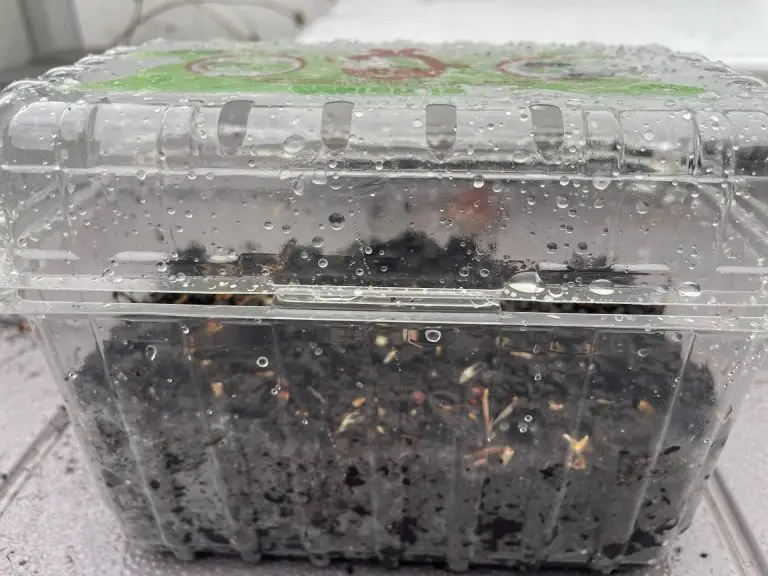 Pin
Pin Which Vegetables Are the Best for Winter Sowing?
So many vegetables do well with winter sowing. Here are a few of my “go-to” vegetables, but please don’t feel limited by this list. After all, one of the most exciting aspects of gardening is the ability to experiment!
Spinach, kale, lettuce, Swiss chard, broccoli, cauliflower, cabbage, Brussels sprouts, peas, carrots, beets, radishes, turnips, parsnips, arugula, mustard greens, endive, escarole, collard greens, and Asian greens (such as bok choy or pak choi) are all wonderful starting points. I have also started tomatoes, peppers, and even eggplant.
Which Flowers are Best for Winter Sowing?
Annuals:
- Calendula
- Nigella
- Poppies
- Larkspur
- Sweet alyssum
- Love-in-a-mist
- Bachelor’s buttons
- Cosmos
- Zinnias
- Snapdragons
Perennials:
- Coneflowers
- Black-eyed Susan
- Shasta daisy
- Blanket flower
- Bee balm
- Milkweed
- Goldenrod
- Lupine
- Columbine
- Foxglove
5 Easy Steps to Setting Your Jugs
Materials List:
One Gallon Water or Milk Jug
Box cutter
Duct Tape
Organic potting soil (we recommend FoxFarms potting soil)
Step 1: Turn your jug upside down and cut a crisscross pattern to create drainage holes.
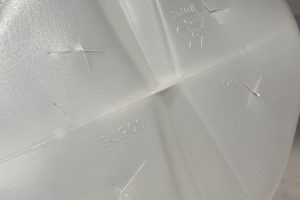 Pin
Pin Step 2: Turn the jug right side up again and remove the cap. You will no longer need this so throw it out. Next, cut jug in half. Be careful to leave it connected near the handle. You want to leave a little piece of the jug attached.
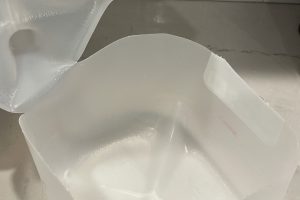 Pin
Pin Step 3: Fill jug with 4″ of soil. You do not want to skimp here. You want the seeds to have a ample amount of soil to grow in and combat the elements in.
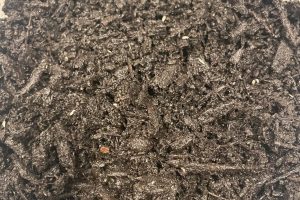 Pin
Pin Step 4: Carefully plant seeds. Here we’ve planted lettuce so we’re not too worried about the seed amount. Depending on what you are planting, you will want to go light on the seeds. You also don’t want to bury them in the soil. Simply lay seeds on top of the soil and apply a small layer over them. Next, water them very well. You don’t want to drown them but give them a good soaking.
 Pin
Pin Step 5: Duct tape the seal shut. You want to make sure there are no gaps or openings. The jug should be completely sealed around the cute opening to help it stay insulated while outside. Place jug outside and you’re done! Congratulations, you’ve just winter sowed your first jug!
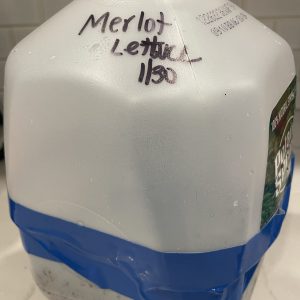 Pin
Pin Merlot lettuce seeds are a great candidate for winter sowing.
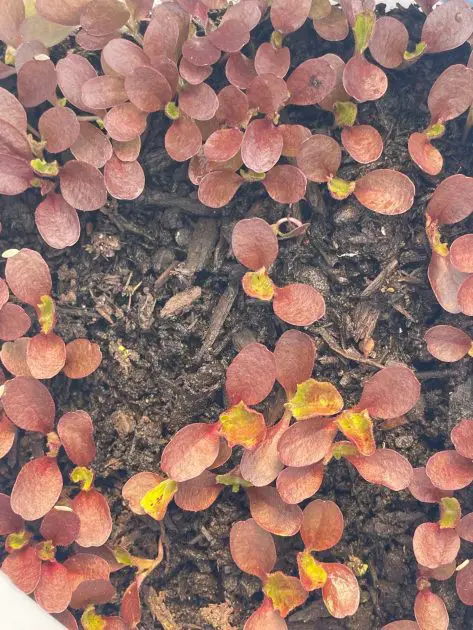 Pin
Pin Monitoring and Caring For Winter Sown Jugs
The greatest benefit to winter sowing seeds is the maintenance. There is almost none.
Once spring arrives, you will want to check on your seedlings to make sure they have germinated.
Although the jugs do not need watering, you will still want to check on the moisture level. This can be done by using a soil moisture meter.
Winter sowing seeds greatly reduces the risks of pests and disease; however, the tiny seedlings are still at a risk for dampening, slugs, and snails as the temperatures warm up. Keep an eye on your jugs and take the necessary action if you see anything that needs attending to.
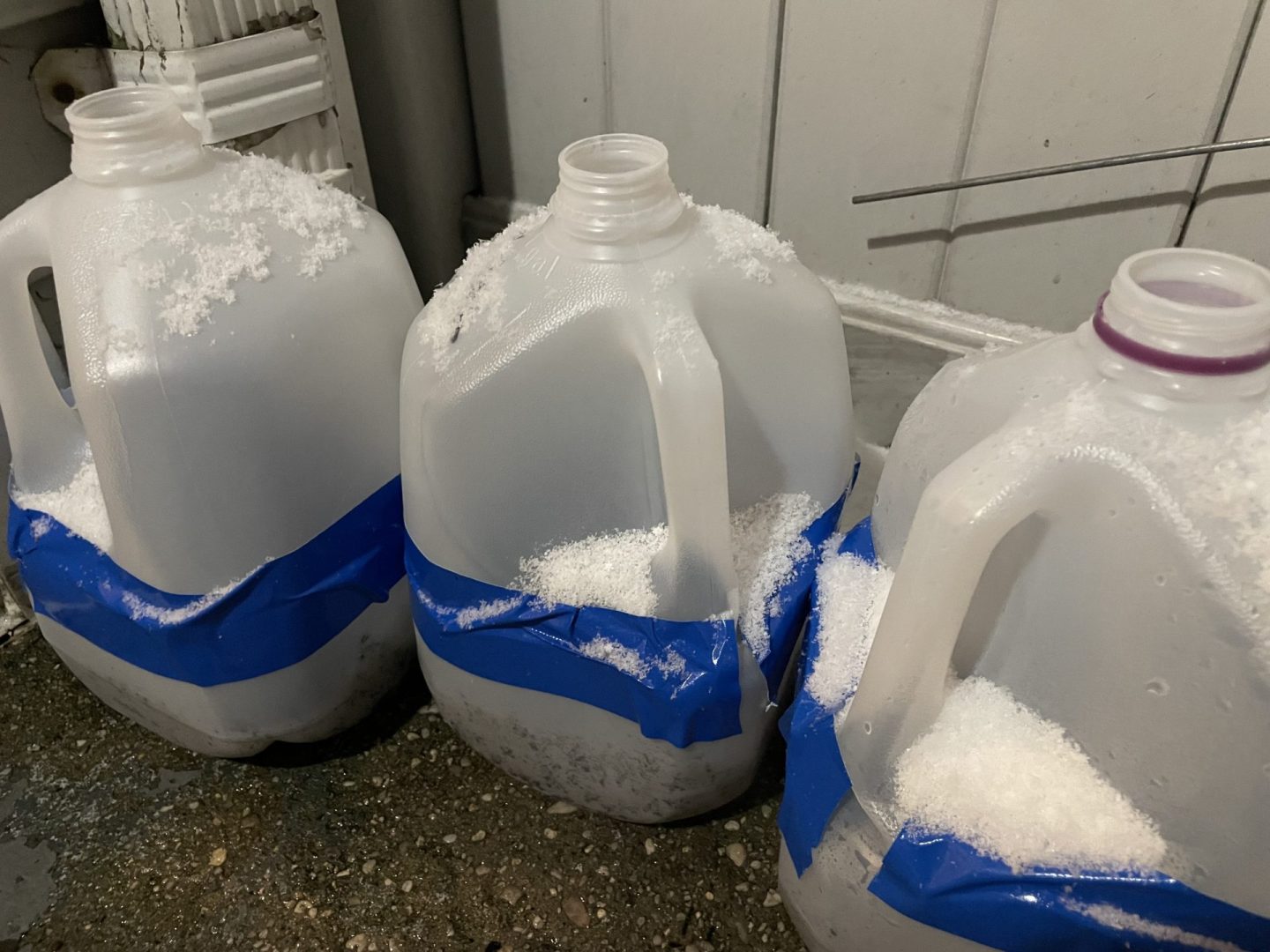 Pin
Pin Protecting Seedlings
Winter sowing seeds outdoors will sometimes need monitoring if your seeds have sprouted early. There have been times when I started my seeds in January, and an unprecedented warm spell in February has caused them to sprout early.
Not to worry.
If you find yourself in this situation, a frost blanket can be used to cover your seedlings if a cold spell comes through.
Cold-Weather Champions: Planting Your Winter Sown Seedlings Outside
Congratulations, your winter sown seedlings have sprouted! So, now what?
Your seedlings are ready to be transplanted as soon as the ground is workable.
Although seedlings that are winter sown do not need to be hardened off, I like to open my jugs up and let the seedlings get their first drink of cool air safe in their jugs.
I close the jugs back up at night. Leave the tape off this time. They won’t be needing that anymore.
The next day is transplant time. I like to add a little organic blood meal and organic bone meal to my seedlings to give them that extra boost of nutrition.
Make sure to water the container before transplanting.
Seedlings can be transplanted in containers or directly into the ground.
There are a few methods when transplanting. If you overseeded the jugs, you might find that your seeds have germinated quite close together. You do not need to worry about separating them. You can use the Hunk Of Seedling (HOS) method to transplant them. Simply transplant them in clumps. This method works quite well for leafy greens.
Another way to transplant seedlings is by separating each seedling individually. We use this method for many of our crops such as radish, beets, corn, and peas.
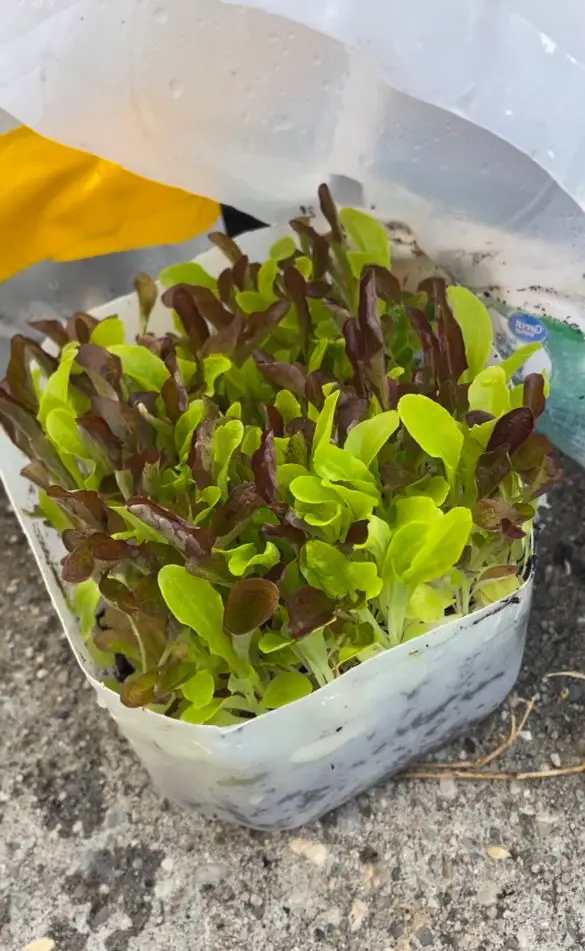 Pin
Pin 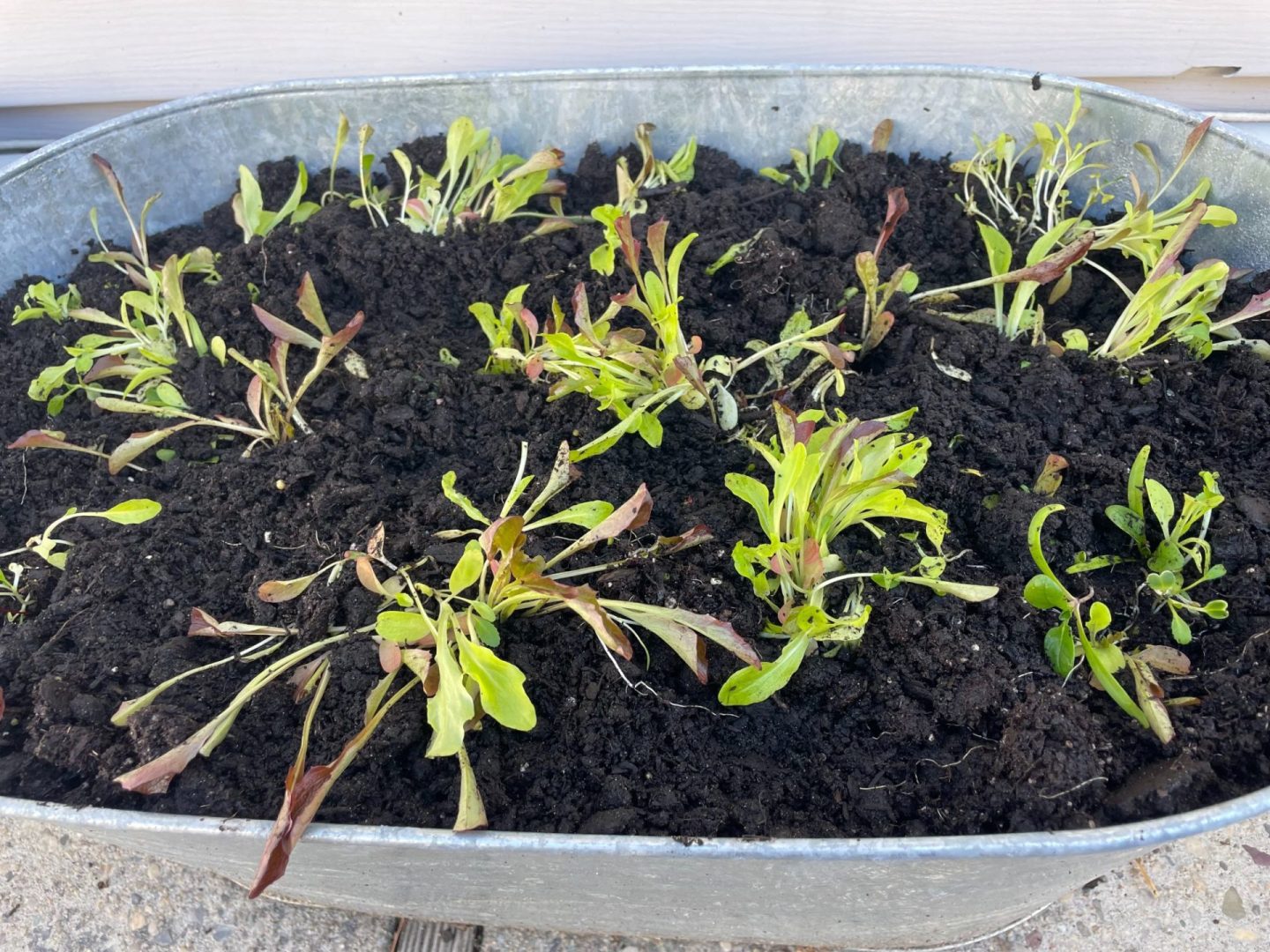 Pin
Pin 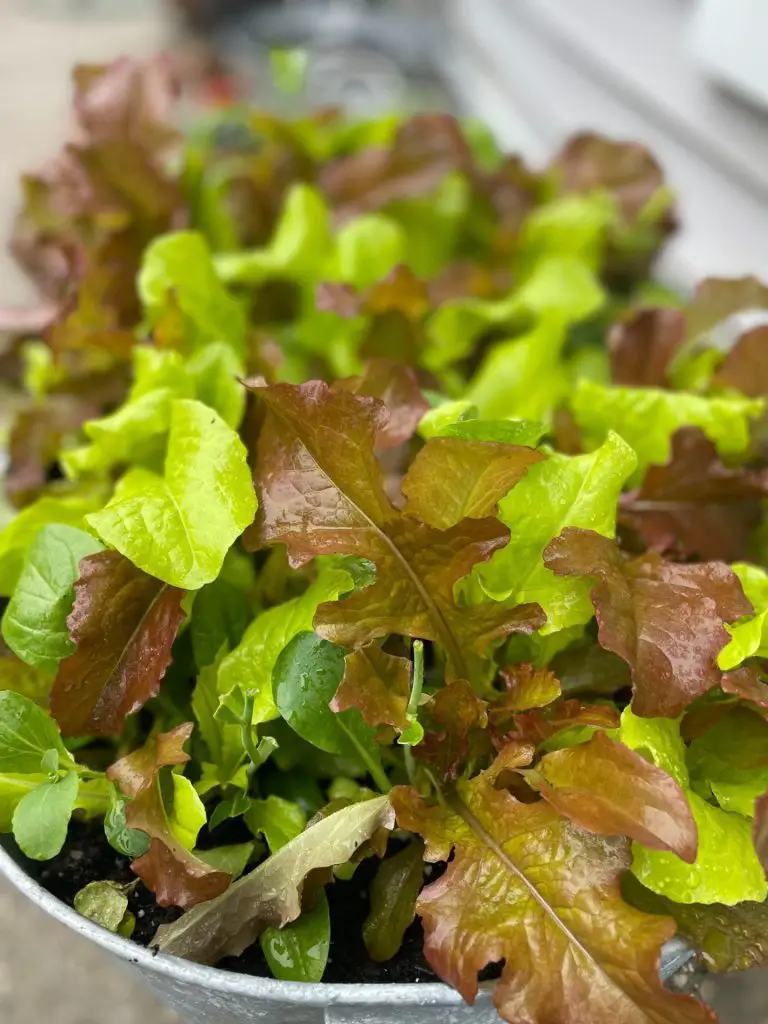 Pin
Pin Frequently Asked Questions About Winter Sowing
What is Winter Sowing?
Winter sowing is an outdoor gardening method in which seeds are planted into containers outside during the winter months in order to naturally stratify and germinate as soon as the temperatures warm up in spring.
What are the advantages of winter sowing?
Winter sowing offers many advantages, including natural stratification of seeds, reduced need for indoor seed starting equipment, early germination rates and stronger seedlings due to exposure to outdoor conditions.
When is the best time and place for me to start winter sowing?
For optimal results, winter sowing should begin late winter or early spring – typically January or February depending on your climate zone – to allow enough cold stratification time before temperatures increase in spring.
Where should I place winter sowing containers?
Place the containers outdoors where they will receive enough sunlight each day. Also, make sure the containers are not placed under any eaves or coverings. It’s very important the containers are open to the elements.
Will my containers need watering during winter?
Watering may not be required during the winter as containers tend to capture rainwater, snow, and natural humidity in their interior walls; however, periodically check moisture levels, and provide light irrigation if the soil appears dry.
Will my seeds sprout after winter sowing?
Germination times depend on the species of plant you are sowing; some could germinate as early as late winter or early spring while others could take much longer to sprout. Be patient as seeds will sprout when they’re ready!
Final Thoughts
Winter sowing is a fantastic alternative to indoor seed starting for many reasons. You will save on space, expensive lights, and racks.
Your plants will also be stronger and more resilient come planting time. Give it a try and let us know how you do!

